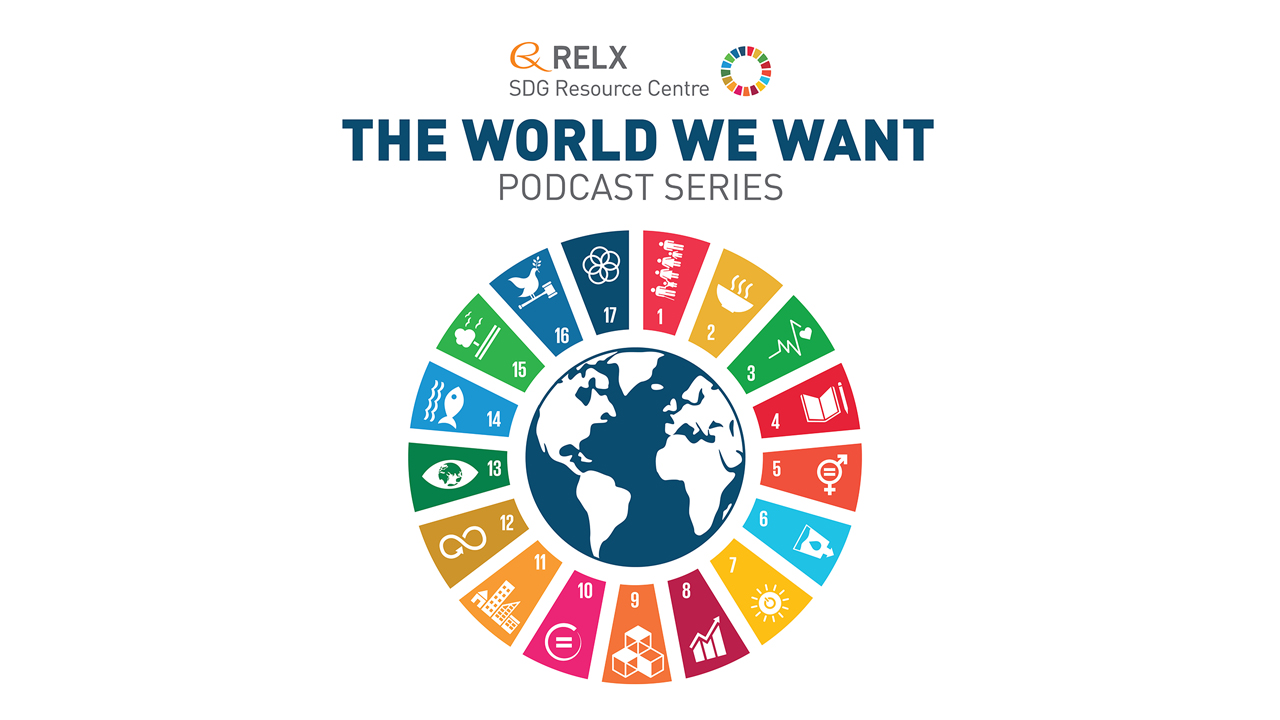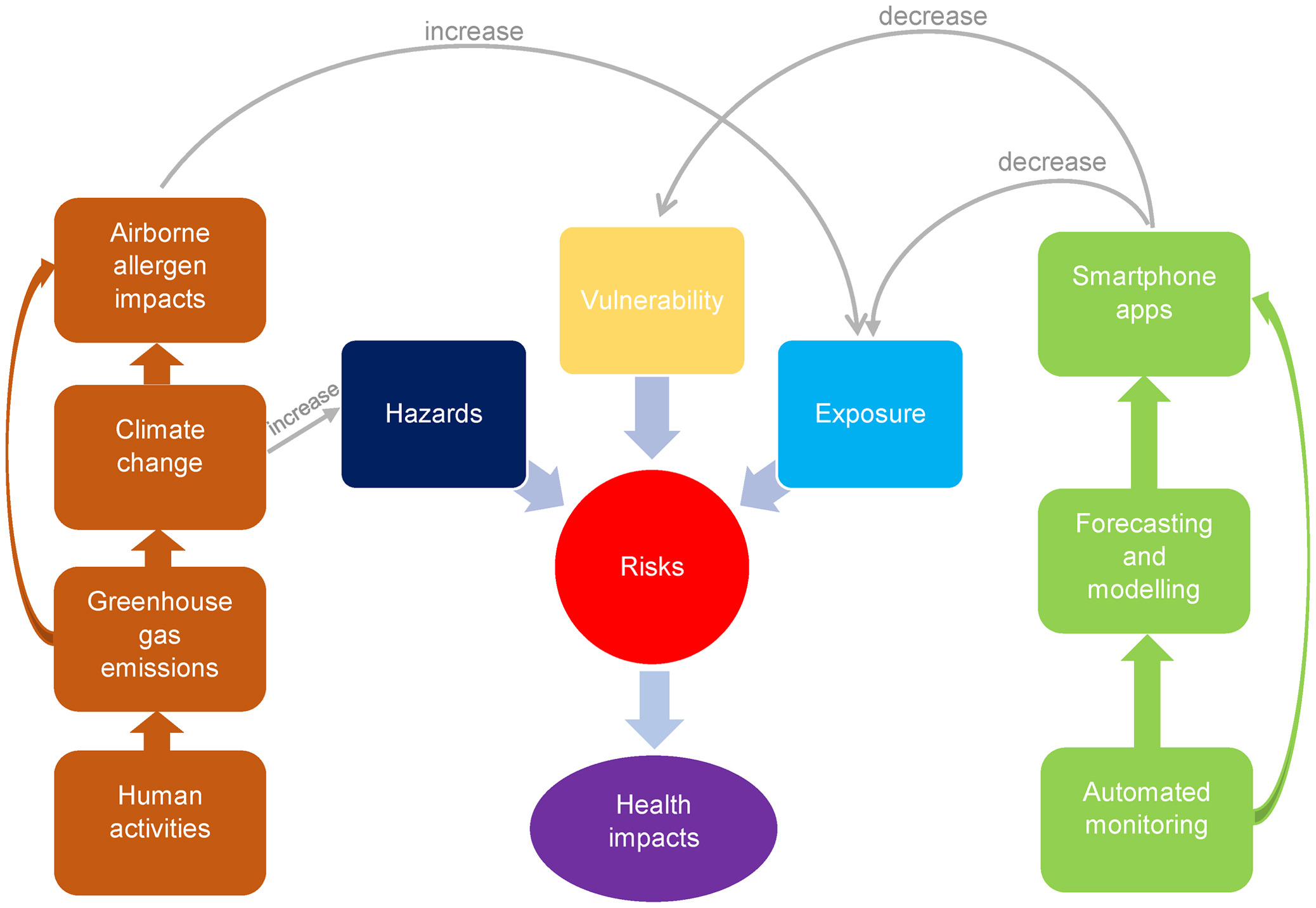This research illustrates that an advanced oral hygiene regimen has the potential to reduce the incidence of preterm birth in socially disadvantaged obstetrical patients with higher rates of health disparities.
RELX Environmental Challenge 2023: five shortlisted projects to bring safe water and sanitation to communities around the world
The demand for solar energy as a clean way to power human lives is increasing, but solar panels are land-intensive and may compete for space with farms. In this article, the authors examine how agrivoltaics (combining farming and solar technologies) can provide synergistic benefits together rather than in isolation, showing positive benefits in climate mitigation, climate resilience, and land equivalent ratios. This contributes to SDGs 2 (ensuring the promotion of sustainable agriculture), 7 (harnessing sunlight to power society), and 13 (agrivoltaics as a way to combat climate change).
In this episode of the "World We Want" podcast, Márcia Balisciano speaks to Dr. Christian Leitz, Managing Director, Secretary of Corporate Culture and Responsibility Committee, and Group Historian and Lead for Long-Term Archives at UBS. During the course of their conversation they cover the challenges to achieving sustainability from all aspects—from historical lessons to providing financial impetus to invest in sustainability.
One of the important adverse impacts of climate change on human health is increases in allergic respiratory diseases such as allergic rhinitis and asthma. This impact is via the effects of increases in atmospheric carbon dioxide concentration and air temperature on sources of airborne allergens such as pollen and fungal spores. This review describes these effects and then explores three translational mitigation approaches that may lead to improved health outcomes, with recent examples and developments highlighted.
Not all humans have the same carbon footprint: luxury lifestyles are significantly worse for the planet. This One Earth Research Article explores how a 'luxury tax' with revenue recycled to address climate inequality (SDG 10) could accelerate decarbonization (SDG 13).
This One Earth Review Article discusses how the term 'phase out' has allowed various stakeholders to work towards more sustainable goals, most recently relevant to the 'phase out' goals for coal and fossil fuels (SDG 13).
This Health Policy paper supports SDGs 2, 3, and 13, by identifying and examining the debates that arose from the publication of the EAT–Lancet Commission, systematically examining how research has been directly influenced by the Commission, and synthesising identified research gaps to build a research agenda for healthy and sustainable food systems.
This content aligns with Goal 3: Good Health and Wellbeing by discussing the shifting epidemiology and current management of ESKD in people living with HIV.



